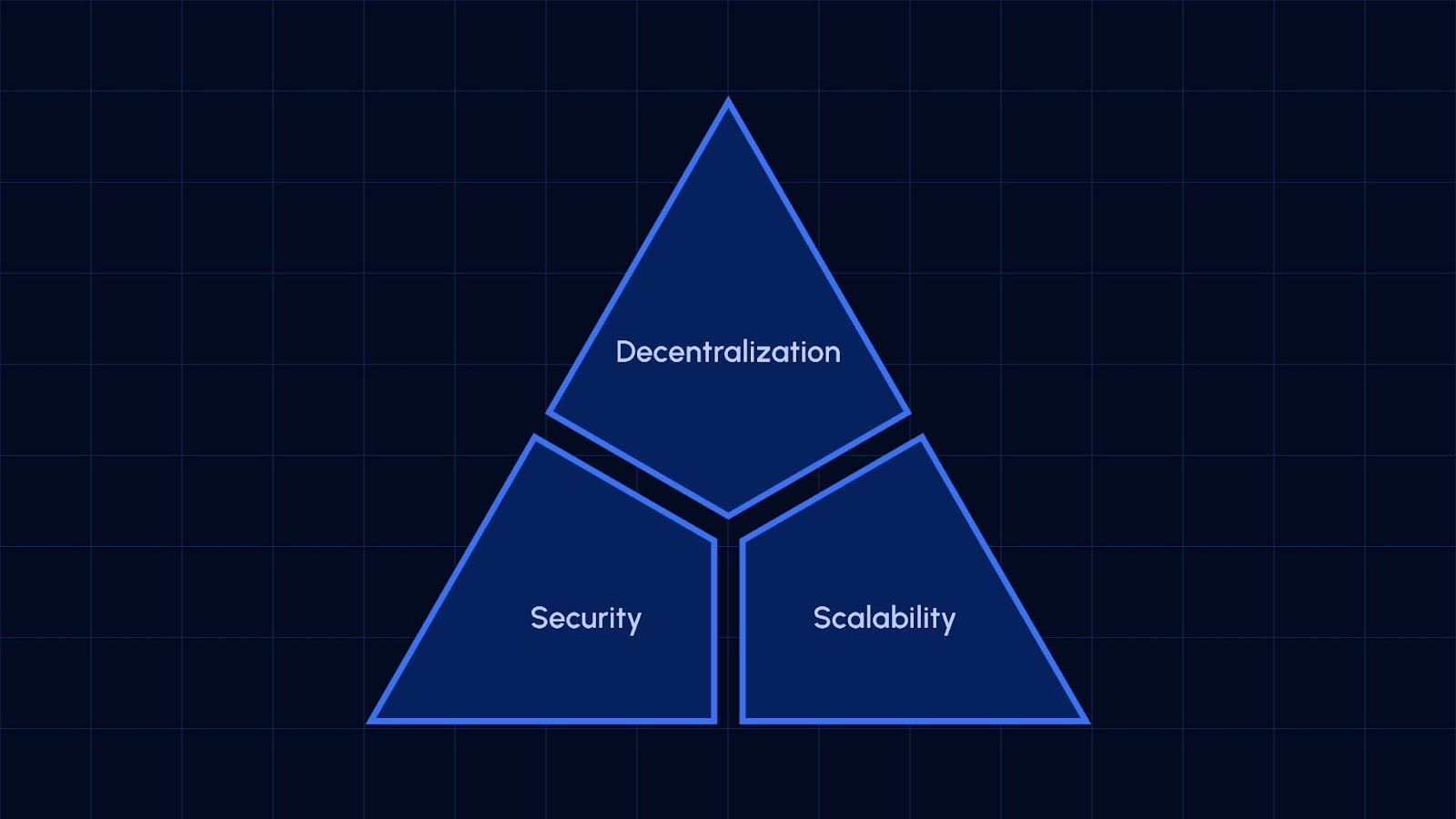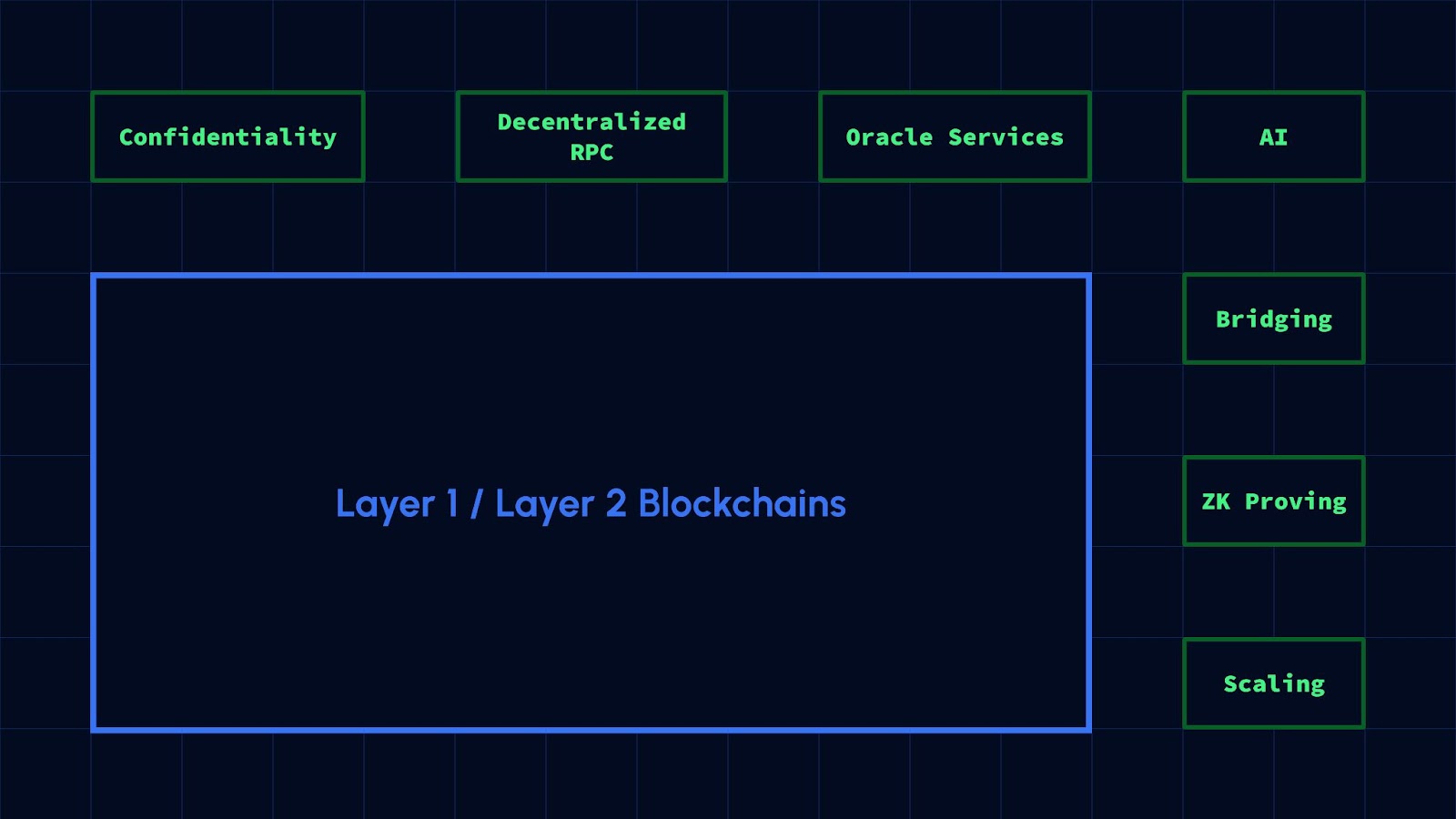Disclosure: The views and opinions expressed right here belong entirely to the creator and abolish not signify the views and opinions of crypto.news’ editorial.
The first comely contract blockchain, Ethereum, used to be monolithic by kind, meaning it manages its bear execution, settlement, consensus, and data availability. Over time, new decentralized applications developed, ensuing in increased request for blockspace. When the request for blockspace is higher than its provide, the constrained availability restricts the diversity of attainable applications, inflicting a fundamental impediment to utility and standard adoption.
This limitation is known as the scalability trilemma or, in a nutshell, the theory that that no public blockchain can concurrently abolish most decentralization or safety to abolish optimum scalability. To beat the boundaries of the scalability trilemma, modularity has emerged as a strategy of outsourcing core parts optimized to resolve serious capabilities.

The modular blockchain thesis facilities on characteristic specialization. It proposes decentralizing veteran blockchain capabilities—esteem execution or data availability—across if truth be told good networks. By segmenting these capabilities from a novel L1 into clear layers, blockchains might perchance well perchance moreover moreover be tailored for optimum performance particularly areas, critically boosting customization, effectivity, and, the place an extraordinarily remarkable, decentralization, safety, and scalability.
Given the varied range of spend situations, these capabilities might perchance well perchance moreover moreover be diverse. A modular network shall be if truth be told good to push oracle label feeds, present zero-data proving products and services, develop available in the market data, or enable a more scalable execution layer on high of 1 other underlying blockchain.
The necessity for modularity in the crypto commercial
Ethereum exemplifies the gradual transformation exact into a modular world. The chain used to be first launched with a monolithic kind, following in the footsteps of Bitcoin. Arbitrum, a layer-2, represents the success account of rollups in isolating the intensive computation wished for scalability off-chain while settling assist on-chain. Many more initiatives salvage adopted this kind thanks to the useful resource effectiveness and more rate efficient form of processing transactions utilizing rollups.
It doesn’t terminate there. Networks that assist developers secret agent and release the price of modularity had been on the upward thrust. Celestia is a mountainous example of solving an apparent challenge: the fundamental rate of storing data availability (DA) assist to Ethereum. Whereas rollups enable for increased throughput, the price of transacting is aloof quite excessive since it in the kill is depending on the storage rate of the settlement layer. A resolution to this challenge is to provide an alternate DA layer.
The belief that a single monolithic kind can not meet nowadays’s blockchain requires with out a alternate-off is why the home is transferring in opposition to modularity. Ethereum is presumably the most stable blockchain with comely contracts nonetheless has persisted to face varied shortcomings with processing transactions and gasoline fees.

To boot to solving blockchain’s architectural challenges, it’s turning into clear that further products and services are an extraordinarily remarkable for enabling new spend situations and pushing for web3 adoption. Examples of such add-on products and services encompass oracle products and services, decentralized RPC, ZK prover networks, AI, to establish a pair of. On the opposite hand, blockchains can not make stronger these products and services natively due to the the further overhead, hardware requirements, or technical incompatibilities. Given the composable nature of the modular structure, blockchains don’t must make stronger all the pieces themselves anymore—all the pieces might perchance well perchance moreover moreover be spin-and-play esteem legos.

For occasion, one unsolved challenge that this home will assist on tackling is spherical confidentiality. A lot of the generally adopted blockchains nowadays are transparent and can not add on-chain confidentiality with out requiring useful resource-intensive hardware for his or her validators when utilizing cryptography methodologies resembling zero-data proofs (ZKP) or entirely homomorphic encryption (FHE).
Past the existing four blockchain layers (execution, settlement, data availability, and consensus), a confidentiality layer on high of existing dApps is a serious lacking share that can enable rep new spend situations that aren’t feasible on high of transparent blockchains. Inco is an example of a modular protocol that acts as the fifth layer—confidential computing—by introducing entirely homomorphic encryption (FHE) to Ethereum and diverse blockchains with out altering the miserable protocol.
This day, modular protocols are gaining traction, and with the usual adoption of decentralization, they might well perchance well probably turn into the customary for constructing in web3. This customary will positively disrupt the vertically integrated reach of monolithic chains and tap into particular Lego blocks that will perchance well perchance moreover moreover be matched to catch clear modular stacks. This suggests initiatives will spend the modules they need for his or her particular needs as an alternate of attempting to abolish all the pieces.
This would perchance well perchance moreover release limitless scalability because a network might perchance well perchance moreover count on Ethereum for safety, Transfer as the execution atmosphere, Celestia for data availability, and Inco for confidential computing. The splendid aim is for disparate ecosystem modules to coexist and develop together.
The panorama of blockchain abilities is poised for fundamental expansion with the advent of modular architectures in 2024 and beyond. These unusual blockchains delegate at the least one of the most quintessential capabilities—settlement, consensus, confidentiality, data availability (DA), or execution—to one other clear blockchain framework.
Remi Gai is the founder and CEO of Inco. He’s a web3 founder fellow at South Park Commons, with a background in engineering (Google, Microsoft), entrepreneurship (founding member of Parallel Finance, a sequence of defi protocols on Polkadot that reached over 500M in TVL backed by Polychain, Sequoia, Founders Fund, Coinbase Ventures), product administration (web3 UX lead at co-based blockchain studio), and project capital (8 Decimal Capital). Now, he builds Inco, aiming to collapse the splendid barrier to mass adoption of web3.

